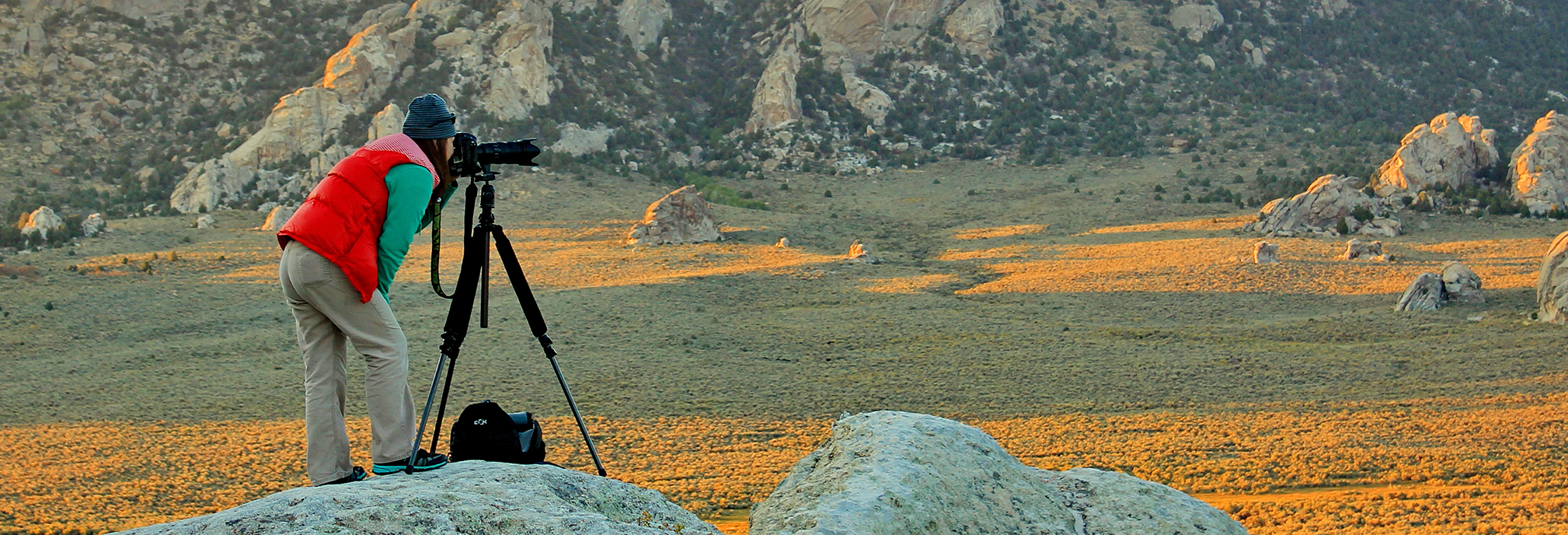
Nature Puts On a Show: Wildlife and Bird Watching in Southern Idaho
Southern Idaho is a haven for birders and wildlife watchers. The micro climates along the Snake River attract a wide range of waterfowl, while wildlife is attracted to the nooks and crannies of locations like City of Rocks.
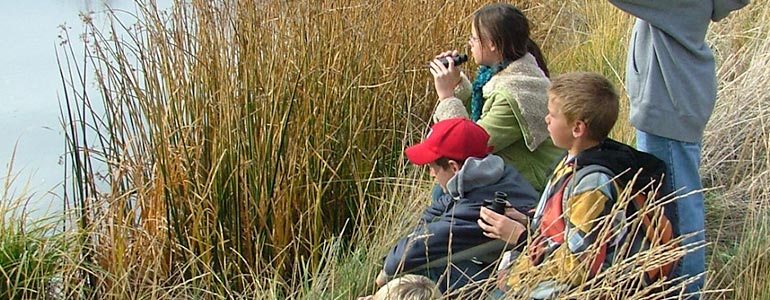
Lake Walcott and Minidoka National Wildlife Refuge – situated next to Minidoka Dam on the Snake River. The dam, one of many built in Southern Idaho to bring the desert into bloom, creates 17-mile-long Lake Walcott, a popular spot for fishing and recreation. Minidoka National Wildlife Refuge rings the shoreline of the lake and protects the islands for nesting waterfowl, including hundreds of white pelicans in the spring. Shore birds and neotropical birds are on display, as well.
Hagerman Wildlife Management Area and Billingsley Creek Wildlife Management Area – both located just a few miles from the town of Hagerman, are home to tens of thousands of ducks, bald eagles, trumpeter swans, and shorebirds and other waterfowl.
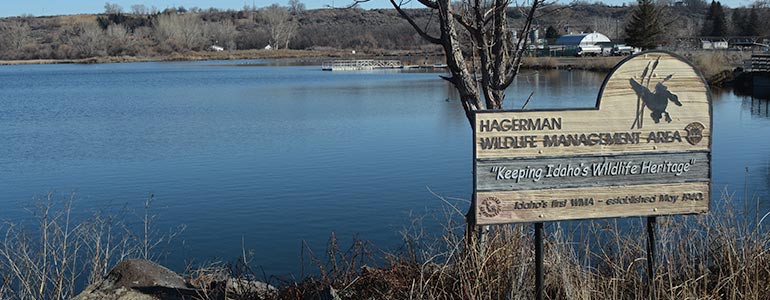
The birds are attracted by the same creature comforts that have been attracting people to the area for hundreds of years: Warm, soothing water and temperatures that tend to be warmer than surrounding areas. The area’s water is naturally geothermally heated and remains at around 58 degrees all year long, making Hagerman a sort of Florida in the Intermountain West for birds.
These two wildlife management areas offer plenty of places for winter birding — all you need is your favorite bird guidebook, a set of binoculars, and your camera. The Billingsley Creek WMA is northeast of Hagerman and is a popular spot for late-winter duck hunters. According to the Idaho Department of Fish and Game, check out this area for ducks, Canada geese, mallards, northern pintail, gadwall, American widgeon, green-wing teal, cinnamon teal, ring-necked pheasants, and California quail.
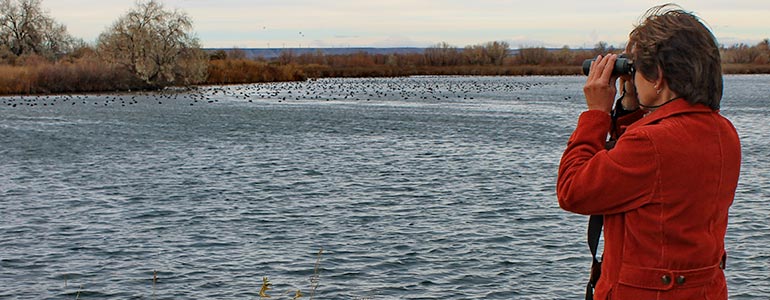
The Hagerman WMA is just south of Hagerman and is a nesting ground for mallards, gadwalls, redheads, ruddy ducks, and Canada geese. You’re also likely to see tundra and trumpeter swans, northern pintails, American wigeon, cinnamon teal, green-winged teal, lesser scaup, ring-necked ducks, and ospreys, bald eagles, peregrine falcons, and rough-legged hawks. For a great view, check out the Riley Creek Pond viewing blind or walk the trails along the Oster Lakes. You’re less likely to run into hunters in this area.
Castle Rocks State Park/City of Rocks National Reserve – The craggy rock formations at Castle Rocks State Park and the City of Rocks National Reserve may seem like poor habitat for birds and animals, but look again — this area is teeming with life.
Here, you’ll find mule deer, mountain cottontail, blacktail jack rabbit, yellow-bellied marmot, least chipmunks, and golden-mantled chipmunks. Big animals can be found here, too, though they can be hard to spot. Keep an eye out for evidence of mountain lions, bobcats, coyotes, moose, and elk. More than 142 species of birds have been documented in this area. To pick up a birding or wildlife checklist, stop by the visitor’s center.
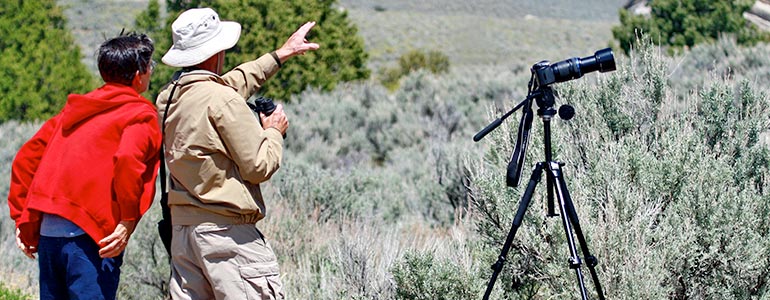
South Hills and Albion Mountains – This area is a favorite with hunters for a reason: it’s crammed with migrating mule deer, moose, and hundreds of species of birds and wildlife. Keep your eye out for the Cassia Crossbills — named their own species only in 2017 — that use their unique crossed bills to crack into lodgepole pines and fish out the seeds inside.
Read More

